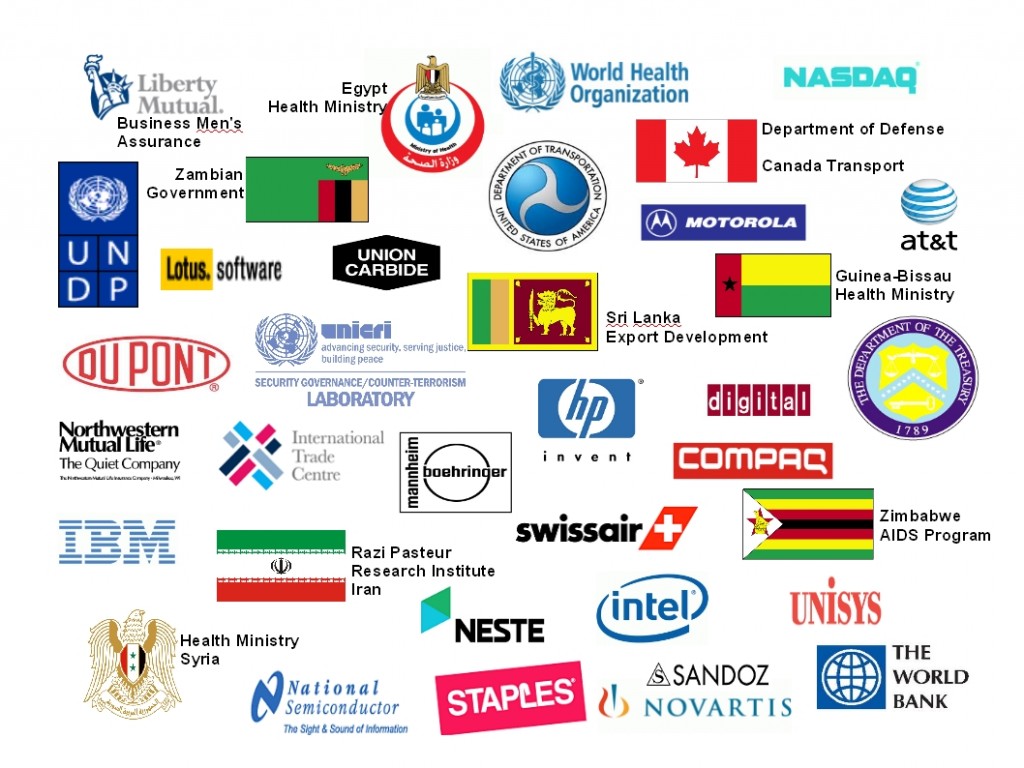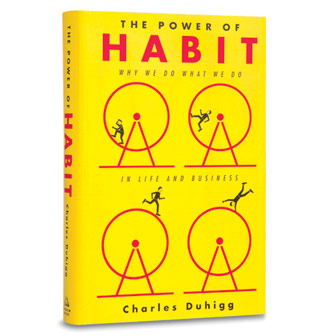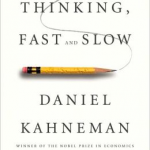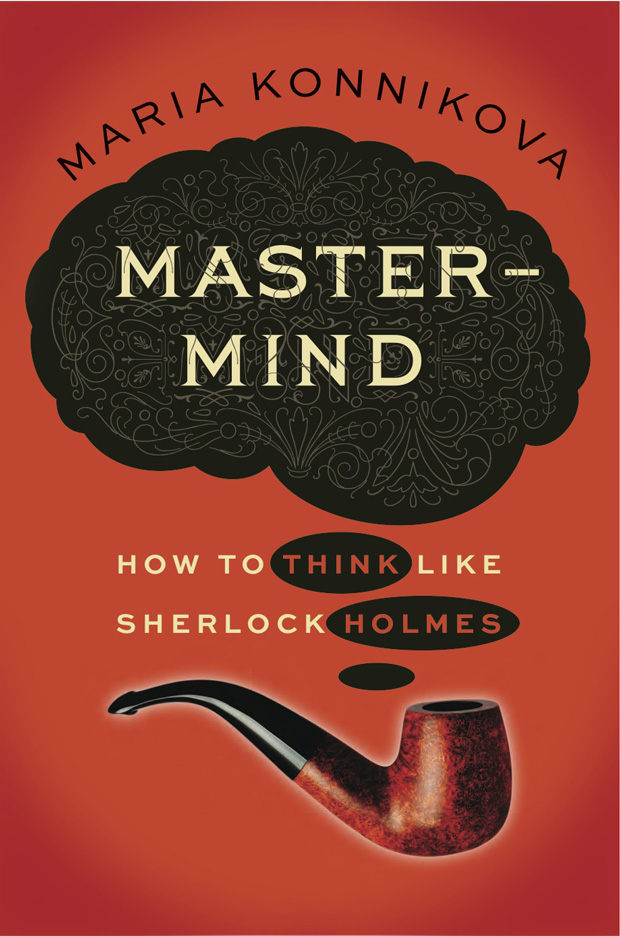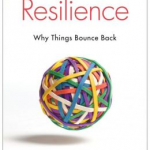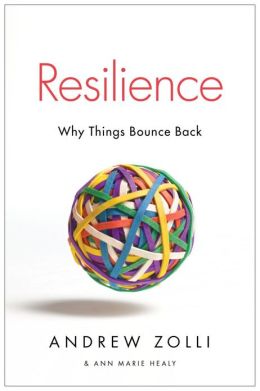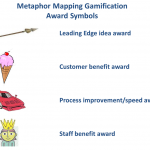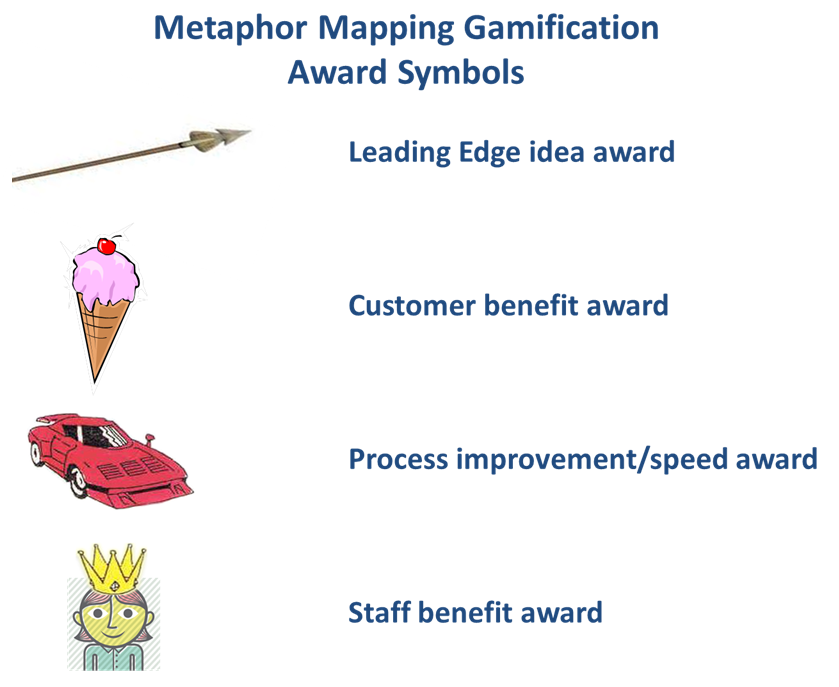Frequently Asked Questions About Metaphor Mapping
Who has used Metaphor Mapping? Is it totally new or does it have a track record?
Village Mapping and River Mapping have been applied extensively by facilitators in large companies, international agencies and governments since 1988. The Zoo and Facecards are more recently developed tools. The logos at bottom of the home page show the main users of over 300 workshops. Companies that have used Metaphor Mapping include:
What do I need to get started?
First, you can always have your questions answered by email or phone by using the “Contact Us” link.
If you want to lead group sessions, you need to become certified. Read more about this in the “Consultant’s Corner”
Certification provides the level of training your choose and gives you access to:
- The on-line Metaphor Mapping tool
- The Guide to each language, which includes when to use it, how to build a map and dictionary
- Ability to purchase workshop kits (booklets of symbols on stickers)
- Printable and downloadable images for each language
I understand certification comes with a digital tool? What’s it for?
The on-line digital Metaphor Mapping tool or symbol libraries that can be used with Powerpoint or other programs allow you to build a map in digital form. This can provide documentation of a workshop or aid in presenting results.
Can I take photos of maps?
Yes. Just pull out your digital camera or phone. Depending on your camera, it may be best to take an overall shot and others that zoom in on parts.
Where can I get help?
If you have a question, we would be happy to help. The best way is to Contact Us and send a note.
– See more at: https://www.metaphormapping.com/applications/faq/#sthash.4mmluXTQ.dpuf

